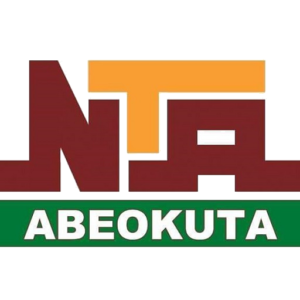
In a world where the demand to achieve concrete and effective results from development initiatives is increasing, the evaluation of programs and projects is not just an administrative option, but rather a strategic necessity to ensure the quality of implementation and achieve impact.
The evaluation is the systematic process of collecting and analyzing information about the effectiveness, efficiency and feasibility of development activities, and is used to direct decisions, improve performance, and enhance accountability in front of donors and beneficiary societies alike.
The data of the World Bank (2023) indicates that 68% of the projects that were subject to comprehensive assessments have succeeded in achieving their goals at a higher level compared to projects that were not evaluated or evaluated in a limited way.
The OECD report confirms that investing in the evaluation is four times its value in terms of improving efficiency and avoiding waste.
The evaluation varies between a tribal evaluation of the anticipation, a phased evaluation to improve the path during implementation, a final evaluation to measure the results, and an evaluation that follows to analyze the long -term effect. Quantitative evaluation is used through tools such as standards and indicators, while qualitative evaluation provides a deeper context of interviews, observation and case studies.
Among the most leading global models is the experience of Abdul Latif Jameel Laboratory for Poverty Anti-Poverty, which carried out more than 1,000 tight random assessments (RCT) in more than 90 countries, whose results have changed national policies in the fields of education and health. For example: Evaluating the Employment Program for Assistant Teachers in Kenya led to an improvement in academic achievement by 30%.
In Africa, Givedirectly implemented an innovative model for transferring money directly to poor families. A study published in Nature showed that families that received transfers witnessed an increase of 34% in consumption, and an improvement in health and education indicators.
In Latin America, Inter-MARICAN Development Bank has developed partnership evaluation methods that included benefiting societies since the design stages, which increased the effectiveness of programs by 25% and raised the percentage of societal interaction.
The United Nations Development Program UNDP confirms that 75% of the major donors place evaluation systems as a basic condition for financing, and links the payment of payments to the results of the interim evaluation to ensure actual progress towards goals.
Despite these successes, many institutions in the Arab region are still dealing with the evaluation as a regulatory tool that does not add value, and it is a perception that began to change gradually thanks to the spread of a culture of performance management, increasing training in measurement tools, and supporting donor institutions for institutional evaluation.
In conclusion, the evaluation is the cornerstone of the development project management course, not only in terms of achieving the results, but also in terms of improving the sustainability of the impact, and ensuring that the programs actually respond to the needs of the beneficiaries and are managed according to the best standards.






